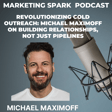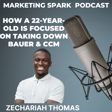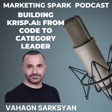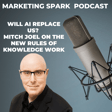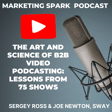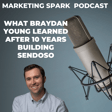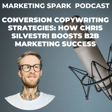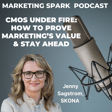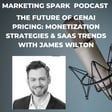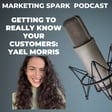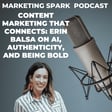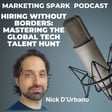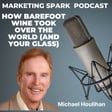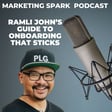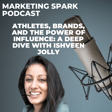
Copper's Creative and Agile Approach to Battling CRM Giants
In this episode of the Marketing Spark podcast, Mark Evans delves into the intense competition within the CRM market, highlighting the prominent players like HubSpot and Salesforce.
Mark talks to Jessica Andrews, Copper's VP of marketing, a smaller CRM company that has successfully distinguished itself through precise brand positioning and inventive marketing strategies.
Jessica describes how Copper focuses on specific industries like agencies, consulting, and financial services, emphasizing relationships and non-linear sales cycles.
The podcast discusses Copper's brand evolution, the impact of economic conditions, and the strategic importance of aligning product and marketing efforts.
Jessica provides insights into Copper's marketing strategy adjustments, including leveraging LinkedIn for thought leadership and experimenting with new channels like Reddit.
The conversation also covers the challenges and techniques involved in convincing corporate leadership to engage on social media and the continuous process of monitoring and adapting brand positioning.
Thanks to Leadfeeder for sponsoring this episode. Know who’s coming to your website, convert more leads and get a free trial at Leadfeeder.com/try


